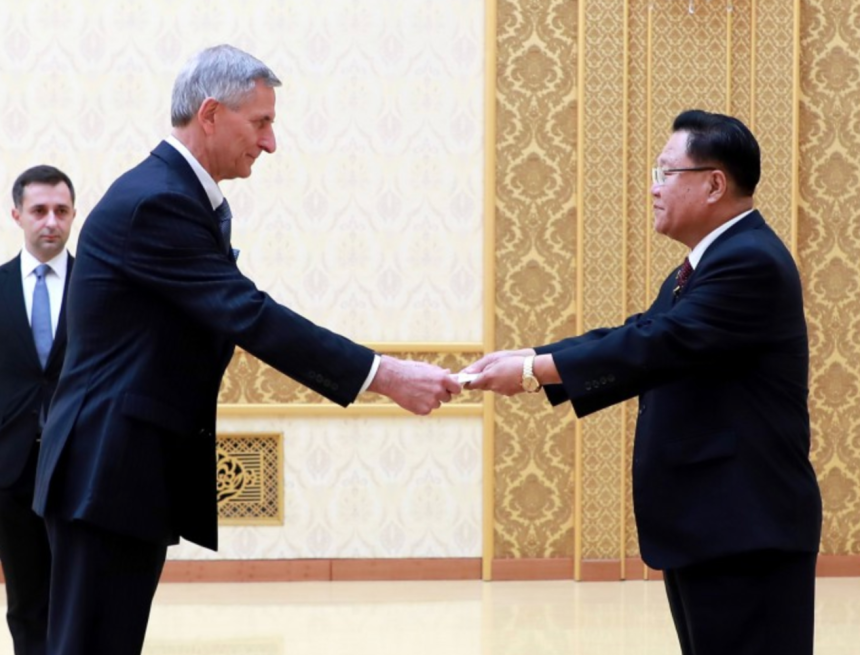9 November, 2025
0 Comments
0 categories

At Cop30, the first UN climate summit held in the heart of the Amazon, the stage is set for a fundamental reframing of climate diplomacy.
For too long, the Global South has been cast as a passive aid recipient, a problem to be managed rather than a partner in solutions. But as delegates gather in Brazil’s gateway to the world’s largest rainforest, they will confront a different reality: a tropical belt that holds the keys to our climate future and a generation of evidence showing that South-led innovation, monitoring and policy can deliver results that the North’s capital and technology transfers alone cannot.
The numbers tell a story of both crisis and capability. The tropics lost 6.7 million hectares of primary rainforest last year, a record driven largely by fires, equivalent to erasing the forest cover of a small country in a single year. Yet Brazil’s satellite systems recorded an 11 per cent decline in Amazon deforestation between August last year and this July, proving that rapid policy shifts and improved enforcement can bend the curve.
The Amazon is also a massive carbon sink, estimated to hold 90 billion to 140 billion tonnes of carbon, making its protection not philanthropic window-dressing but a hard requirement for any credible global carbon budget.
What links the Amazon to Southeast Asia is more than shared geography. Both regions sit at the confluence of extraordinary biodiversity, carbon-dense landscapes and relentless pressure from agribusiness, mining and infrastructure development. Forests cover just 31 per cent of the world’s land, and nearly half are found in tropical countries.
This is not a burden to be compensated for but a strategic asset, if the political, financial and technical architecture can be reimagined to support local stewardship rather than extract value.


